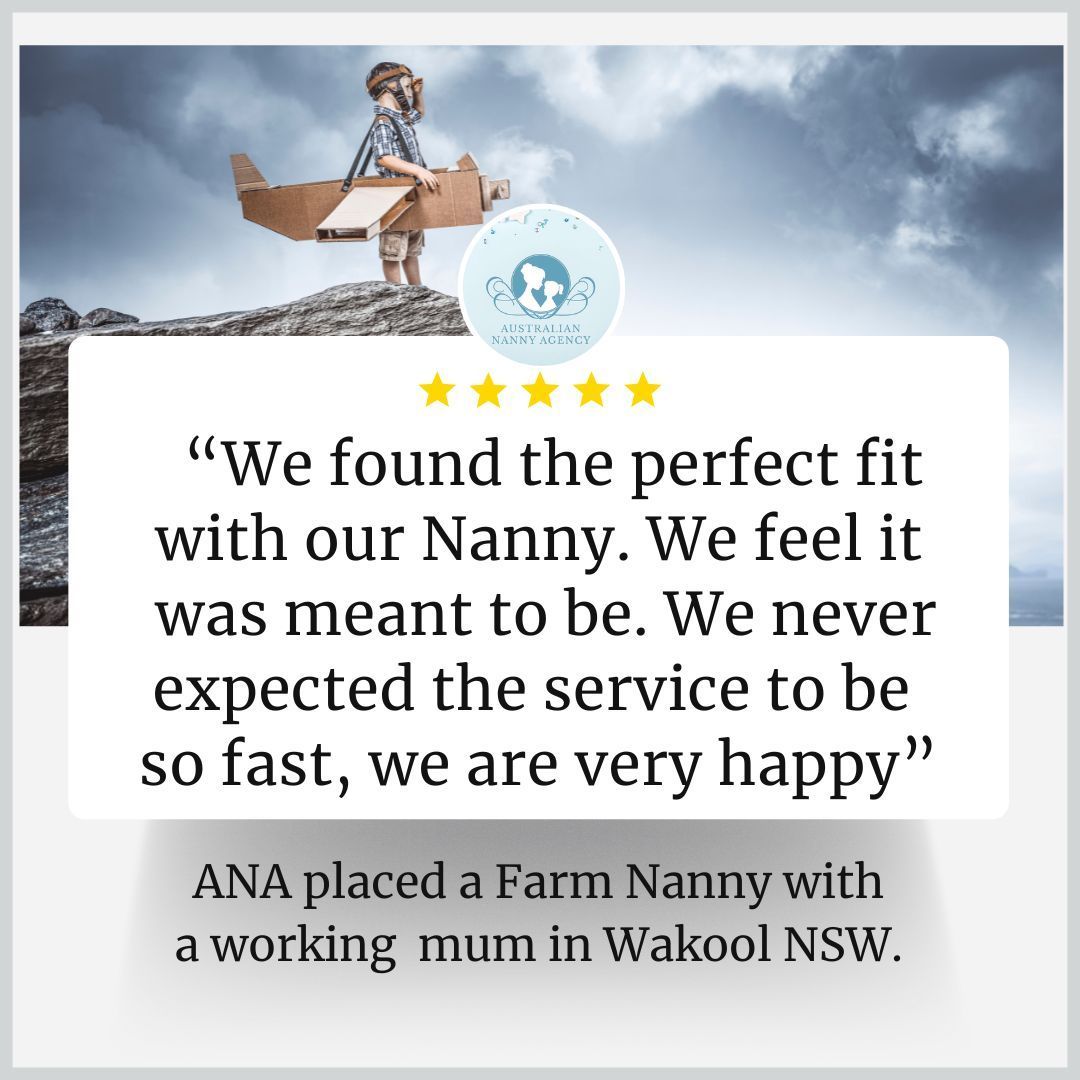Exploring Evidence-Based Approaches to Enhance Skills and Knowledge in Child Protection Practices
Effective Training Methods in Child Protection
Child protection is a critical area of focus for organizations and professionals working with children and families. Ensuring the safety and well-being of children often requires specialized training to equip workers with the necessary skills, knowledge, and confidence. However, the effectiveness of training programs can greatly vary depending on the methods employed. This blog will explore effective training methods in child protection, highlighting best practices that can help organizations maximize their impact while ensuring that vulnerable children receive the protection they rightly deserve.
Importance of Training in Child Protection
Training in child protection is essential for several reasons:
- Awareness and Understanding: Professionals must be equipped with an understanding of child abuse, neglect, and the various factors that contribute to such situations. Training helps to foster awareness of the signs and symptoms of maltreatment.
2. Legal and Ethical Obligations: Understanding legal frameworks and ethical considerations is crucial for those in child protection roles. Effective training ensures all staff are aware of their responsibilities and obligations.
3. Skill Development: Child protection workers are often faced with complex situations that require a diverse skill set, including communication, intervention, and advocacy. Training helps develop these crucial skills.
4. Interdisciplinary Collaboration: Child protection often involves multiple sectors, including healthcare, education, and law enforcement. Training promotes a holistic understanding of these sectors, promoting better collaboration among professionals.
Effective Training Methods
While various training methods are utilized in child protection, the most effective programs often incorporate a blend of the following approaches:
1. Interactive Workshops
Interactive workshops are a dynamic way to engage participants in active learning. These sessions provide an opportunity for participants to explore case studies, role-play scenarios, and engage in group discussions.
- Benefits:
- Encourages critical thinking and problem-solving
- Fosters team-building and collaboration
- Allows participants to share experiences and insights
2. E-learning Modules
In recent years, e-learning has gained traction as a viable training method, especially in light of the COVID-19 pandemic. Interactive online modules can be tailored to fit the unique needs of various organizations.
- Benefits:
- Flexibility for participants to learn at their own pace
- Cost-effective and easily scalable
- Easy tracking of progress and assessment
3. Simulation Training
Simulations provide a safe and controlled environment for professionals to practice their skills in real-life scenarios. For instance, role-playing a case where a child may be in danger can help prepare workers to respond appropriately in actual situations.
- Benefits:
- Builds confidence and competence in high-stress situations
- Enhances understanding of child-centric approaches
- Offers constructive feedback from trainers and peers
4. Mentorship Programs
Pairing less experienced professionals with seasoned mentors offers a valuable interpersonal component to training. Mentorship fosters personal connections, enabling mentees to gain insights and practical advice based on real-world experiences.
- Benefits:
- Provides personalized guidance and support
- Encourages networking and professional growth
- Builds resilience and coping strategies
5. Case Reviews and Reflection
Regularly reviewing case studies and reflecting on outcomes is vital for continual learning. This practice allows professionals to analyze what worked and what didn’t, leading to improved strategies in future cases.
Benefits:
- Promotes a culture of openness and growth within the organization
- Encourages the identification of successful strategies
- Fosters accountability among practitioners
6. Multi-Disciplinary Training
Given the collaborative nature of child protection, multi-disciplinary training sessions involving professionals from various fields (e.g., social work, healthcare, law enforcement) can greatly enhance understanding of each sector's role in protecting children.
- Benefits:
- Enhances teamwork and communication across disciplines
- Enables sharing of best practices and approaches
- Promotes a more holistic understanding of child welfare
7. Guest Speakers and Experts
Bringing in guest speakers, such as experienced practitioners or policy-makers, can provide unique insights and perspectives. Their first-hand accounts and experiences can deeply enrich the training experience.
- Benefits:
- Offers access to expertise and credibility
- Inspires participants by sharing success stories and challenges
- Fosters engagement by presenting varied points of view
8. Community Engagement Initiatives
Incorporating community members, including parents and children themselves, into training sessions can provide valuable perspectives on child protection. Engaging with the community enables professionals to understand their needs and expectations better.
- Benefits:
- Builds trust between professionals and the communities they serve
- Encourages culturally competent approaches to child protection
- Fosters a sense of shared responsibility for child welfare
9. Assessment and Evaluation
Ongoing assessment and evaluation of training programs are imperative. This can include feedback mechanisms, assessments of knowledge retention, and measuring the impact of training on actual performance.
- Benefits:
- Identifies areas for improvement in training content
- Ensures that training remains relevant and effective
- Facilitates accountability in training practices
Conclusion
Child protection training is indispensable for equipping professionals with the knowledge, skills, and confidence necessary to safeguard children effectively. Employing a combination of interactive workshops, e-learning, mentorship, simulation training, and community engagement initiatives ensures that training is both effective and relevant. By incorporating diverse training methods, organizations can address the complexities of child protection and foster a culture committed to the well-being of every child. Continuous evaluation and adaptation of these training methods will ultimately enhance the effectiveness of child protection initiatives, ensuring that every child has the support, protection, and care they deserve.
What are your thoughts?
Blog









